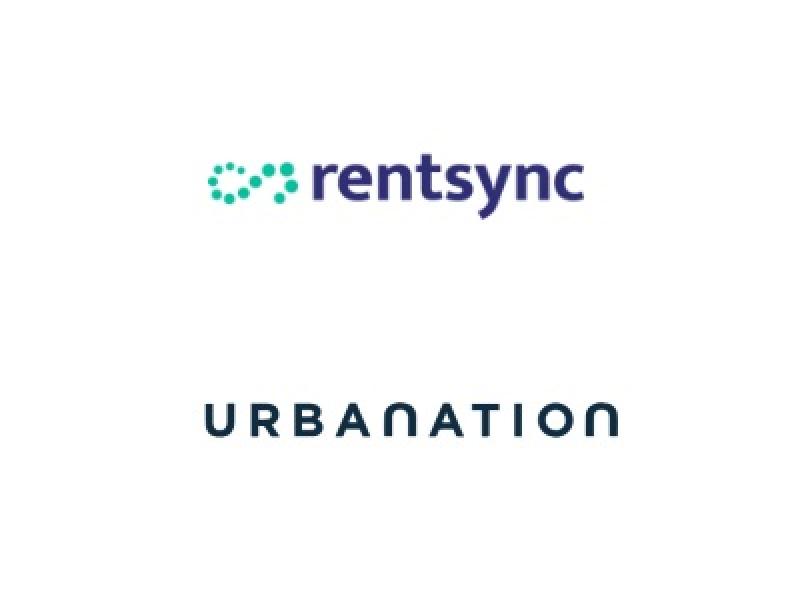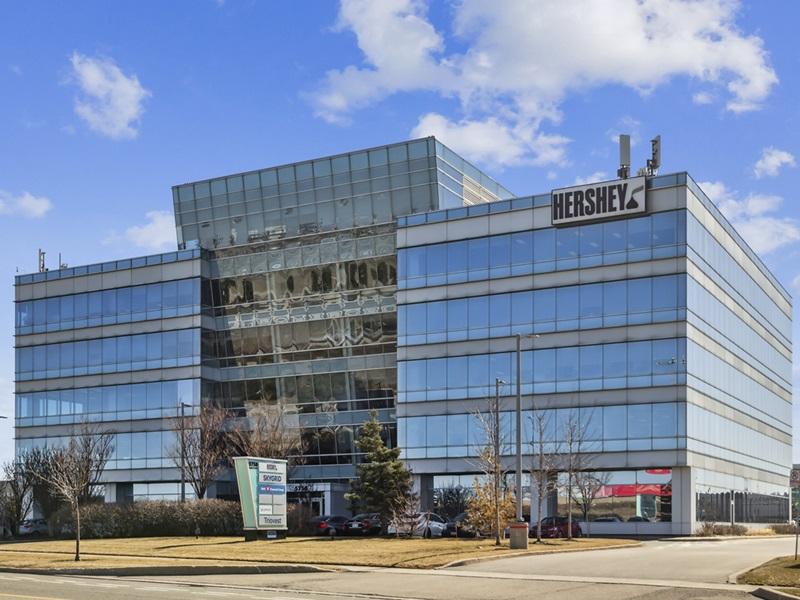
Bronwyn Scrivens is an associate, industrial at Omada Commercial in Edmonton. (Courtesy Omada)
GUEST COLUMN: For the past few years, the catchphrases surrounding the transitions within the retail asset class have been “experiential retail” and “retail as a service” (RAAS). I’d like to add a third saying to this collection in the form of “micro-retail.”
First and foremost, I want to dispel the myth the classic bricks-and-mortar store is dying. This is simply not true. There are fundamental changes occurring within the sector, spearheaded by growing e-commerce demands from consumers, but these demands are still dwarfed by classic brick-and-mortar sales.
Furthermore, while e-commerce (amplified by the anomalous year 2020) has had the larger year-over-year (YOY) percentage increases, it’s important to recognize that bricks-and-mortar sales have also continued to increase YOY. Even in 2020, bricks-and-mortar retail sales were over 4.5 times larger than e-commerce sales.
Many think these two function independently of each other, but the truth is they run in tandem. It’s becoming more evident than ever the functional collaboration between bricks-and-mortar and online sales leads to a more productive bottom line and presence for retailers.
Bricks-and-mortar and e-commerce are like two circles of a Venn diagram, overlapping in their central goals of engagement, but forming separate concepts and strategies for a retailer. Conversely, experiential retail, RAAS and micro retail are more representative of building blocks, growing on top of each other to create a fully formed experience for the target retail customer.
Experiential retail concepts
The central concept of experiential retail is that in order to interact and communicate with customers in today’s world, the product or service needs to immerse their customers in the brand, creating a culture, a community, a shareable experience.
From the second the customer walks through the doors, they become immersed in the story of that brand, activating their senses to build stronger emotional connections and loyalty to the products or services being offered.
If done well, experiential retail is a great way to engage with customers beyond simply selling them products. It offers brands an opportunity to find ancillary ways to support their community of customers and establish themselves as more than just a product, ultimately giving consumers more reasons to visit a store.
If the only thing being offered is the four walls within which a customer pays for something, why would they leave their house as opposed to just purchasing online?
Retail as a service
Retail as a service is a concept that draws upon experiential retail as its base, but in the framework of smaller, new-to-market brands which have yet to establish their unique followings.
Online companies can set up curated, immersive experiences in physical spaces, allowing them to engage with their customers in a more impactful way.
Multiple retailers promote their products in the same shared space, the focus being on engaging brand experiences in order to trigger the feelings customers want to have when interacting with a brand.
Experience, emotion and connection must be the driving factors to counter the conveniences of online shopping, especially from online giants such as Amazon.
Introducing micro-retail
Last but not least, the concept of micro-retail blends with RAAS in that it can potentially allow for multiple vendors in a shared space, similar to a marketplace like the Chelsea Market. Or, it can simply encompass individual retail units that are much smaller than the average, likely less than 500 square feet depending on the market.
Overall, the idea is micro-units provide an entry-level gateway for small businesses to establish a bricks-and-mortar location, without the financial requirements and risks typically expected in a standard retail lease.
Micro-units are set up to have more flexibility in term – this could be as low as an annual or even monthly commitment, as opposed to the three or five years of a standard commercial lease.
They are often structured in the form of a “gross lease” with an all-in rent (including utilities, CAMs, taxes, etc.) for ease of understanding, expectations and responsibility between tenant and landlord.
Due to these factors, as well as the lower square footage of the space, micro-units can be priced substantially higher on a per-square-foot basis because the all-in cost is still very likely going to be the most affordable retail space on the market.
Case Study: The Wash, East Nashville, developed by Hamilton

The Wash is a car wash being repurposed into micro-retail restaurants in Nashville. (Courtesy Pfeffer Torode Architecture, Cauble Group)
A commercial broker peer of mine in Nashville is in the process of redeveloping a former carwash into six micro-restaurant bays. Each of the six bays measures approximately 380 square feet and include a hood vent, three-compartment sink, grease tra, and walk-in cooler.
The bays are designed for entrepreneurs and start-ups seeking permanent space with lower barriers to entry. Tyler Cauble, the broker and developer of The Wash, explained:
“The rate was all-bills-paid, which meant that we sent our tenants one bill and we covered the utilities, common area maintenance, etc. So, at 380 square feet, we charged around $100 per square foot, which came in at $3,250 per month, all-in.
“Sure – $100 per square foot sounds like an incredibly high number for Nashville (it’s around 2.5 to three times the market rate for restaurant space), but on a monthly basis their total rent is only $3,250, which makes these spaces the most affordable restaurant spaces in Nashville.”
From the tenant perspective, the flexibility of terms, the lower barriers to entry and the professionalism gained from a bricks-and-mortar location, not to mention the placemaking that can be initiated at the property, make the higher per square foot cost of the unit worth it.
From the landlord perspective, micro-units allow for more tenants within an asset and therefore a greater ability to diversify within the building.
This is a unique model for landlords to consider if their assets and tenants have struggled in the recent economic environment and opens the door to revitalizing the entrepreneurial spirit of the city.
It promotes start-ups to take the next step in the progression of their business, or for established businesses to try out new micro-concepts before a broader roll out.
In these tumultuous times, micro-retail units will be demand drivers.











